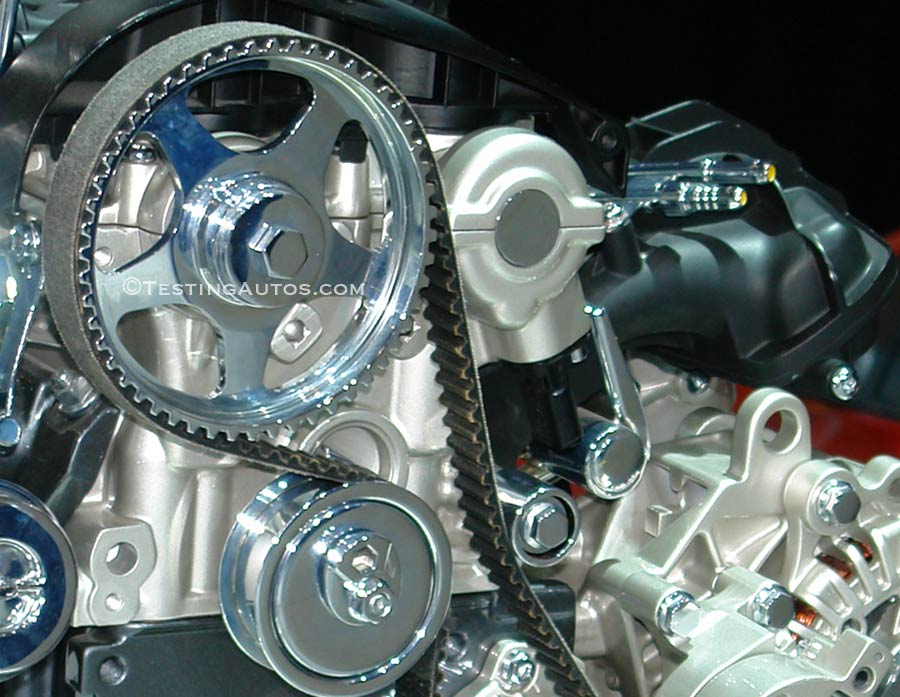Introduction
Timing belts, essential components of modern engines, play a crucial role in ensuring smooth and efficient operation. However, like all mechanical parts, they are subject to wear and tear over time, requiring timely replacement to prevent potential engine damage. Understanding the timeline involved in timing belt replacement is critical for vehicle maintenance and can save you time, money, and potentially costly engine repairs.

Image: www.heritagepartscentre.com
Understanding Timing Belts and Their Significance
Timing belts are synchronizing components that connect the crankshaft and camshaft, ensuring precise timing of the engine’s valves and pistons. Proper alignment between these components is critical for optimal engine performance and fuel efficiency. Neglecting timely timing belt replacement can lead to serious consequences.
Factors Affecting Replacement Time
The duration of a timing belt replacement can vary depending on several factors:
- Vehicle Make and Model: Different vehicles have unique engine designs, which can impact the complexity and time required for timing belt replacement.
- Belt Accessibility: The location of the timing belt within the engine compartment influences accessibility. Belts located in easily accessible areas require less disassembly and take less time to replace.
- Professional Experience: Trained mechanics with experience in timing belt replacement can perform the task efficiently and reduce the overall time.
- Additional Repairs: If other engine components require repair or replacement during the timing belt replacement process, the total time may increase.
Average Replacement Timelines
Generally, timing belt replacement can take anywhere from 2 to 8 hours, depending on the factors mentioned above. However, the following average timelines serve as a general reference:
- Compact Cars: 2-3 hours
- Midsize Sedans: 4-6 hours
- SUVs and Light Trucks: 6-8 hours

Image: www.testingautos.com
Professional Advice and Actionable Tips
- Consult your vehicle’s owner’s manual for recommended timing belt replacement intervals, as they vary between manufacturers.
- Regular maintenance helps prevent costly repairs in the long run.
- If you experience rough idling, loss of power, or unusual engine noises, it could indicate a worn timing belt and should be inspected immediately.
- Only experienced mechanics should perform timing belt replacement due to its complexity and potential for engine damage if not executed correctly.
How Long Does It Take To Fix A Timing Belt
Conclusion
Timing belt replacement is an essential maintenance procedure for any vehicle. Understanding the factors affecting replacement time and average timelines can help you plan for the maintenance and avoid potential engine damage. Remember to consult your vehicle manual, seek professional assistance, and prioritize regular maintenance to keep your vehicle running smoothly for years to come.